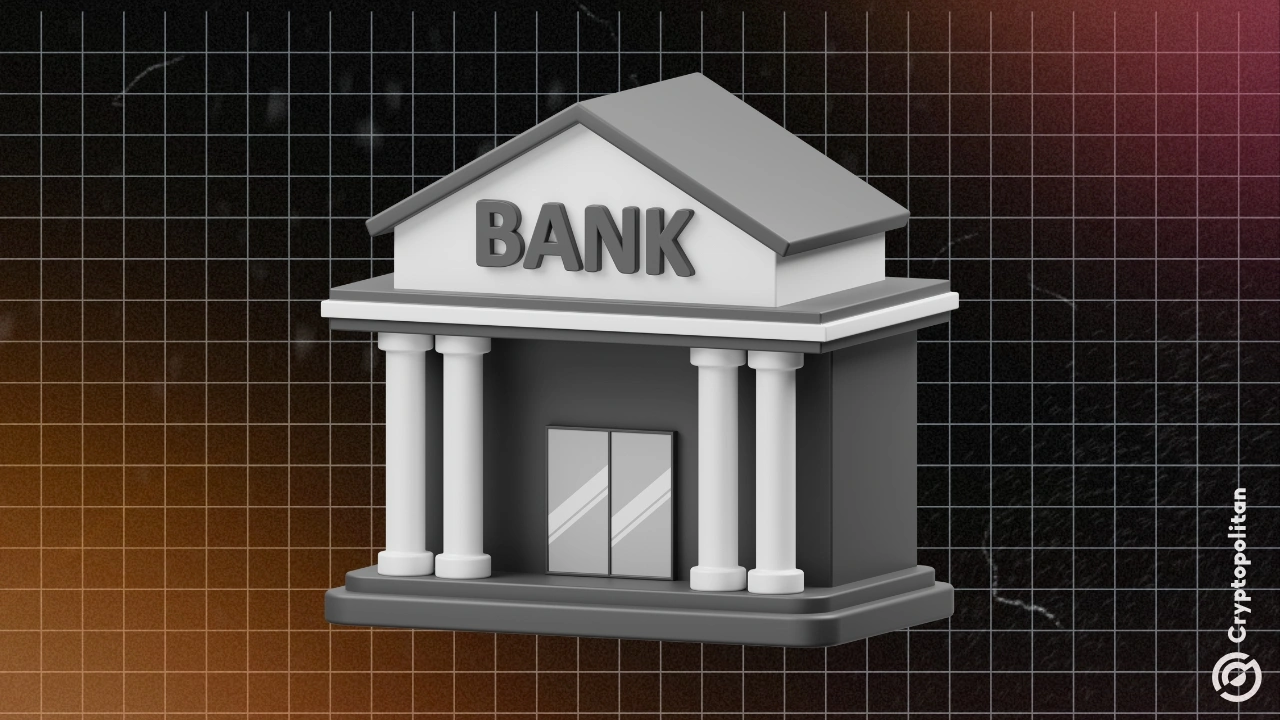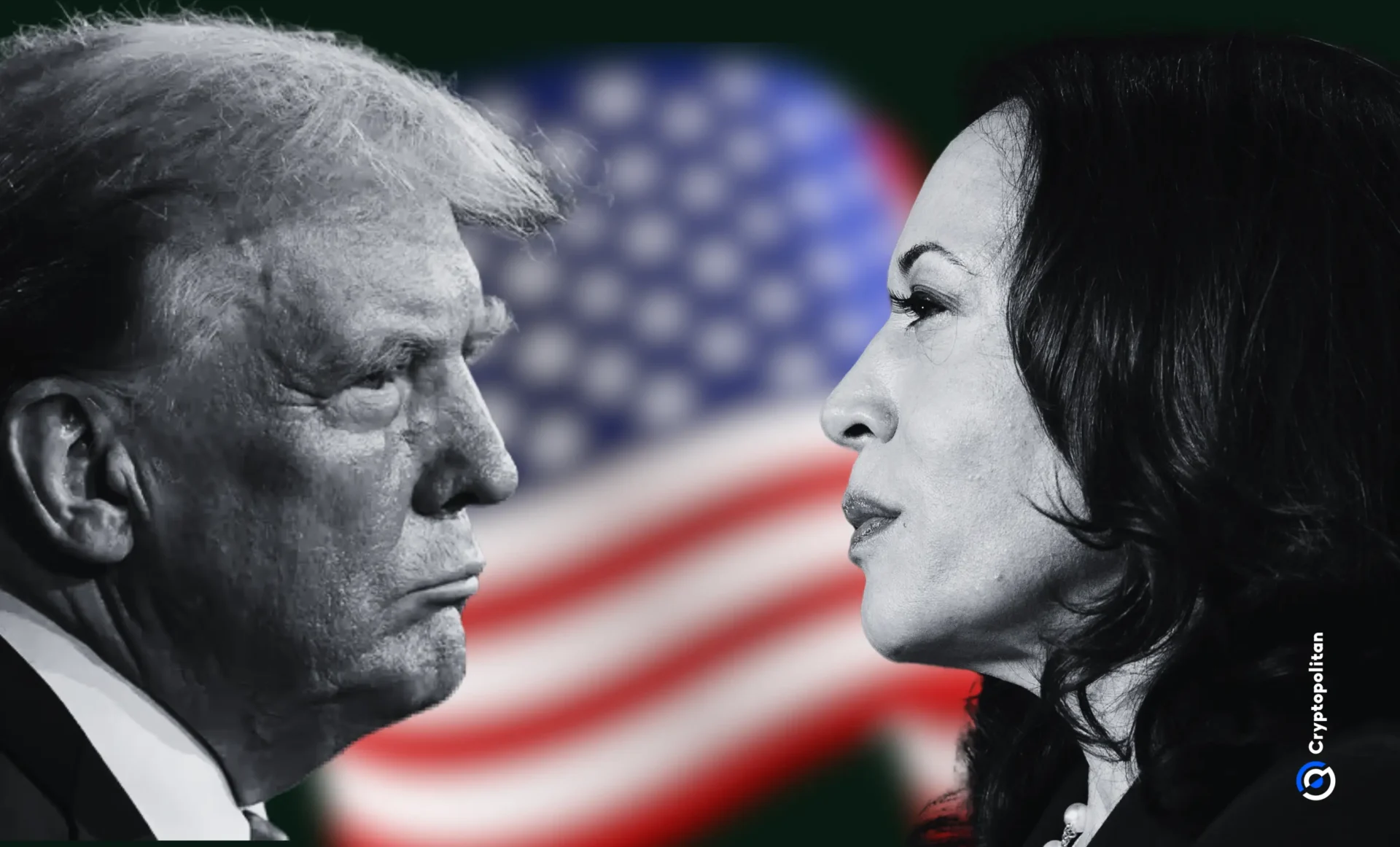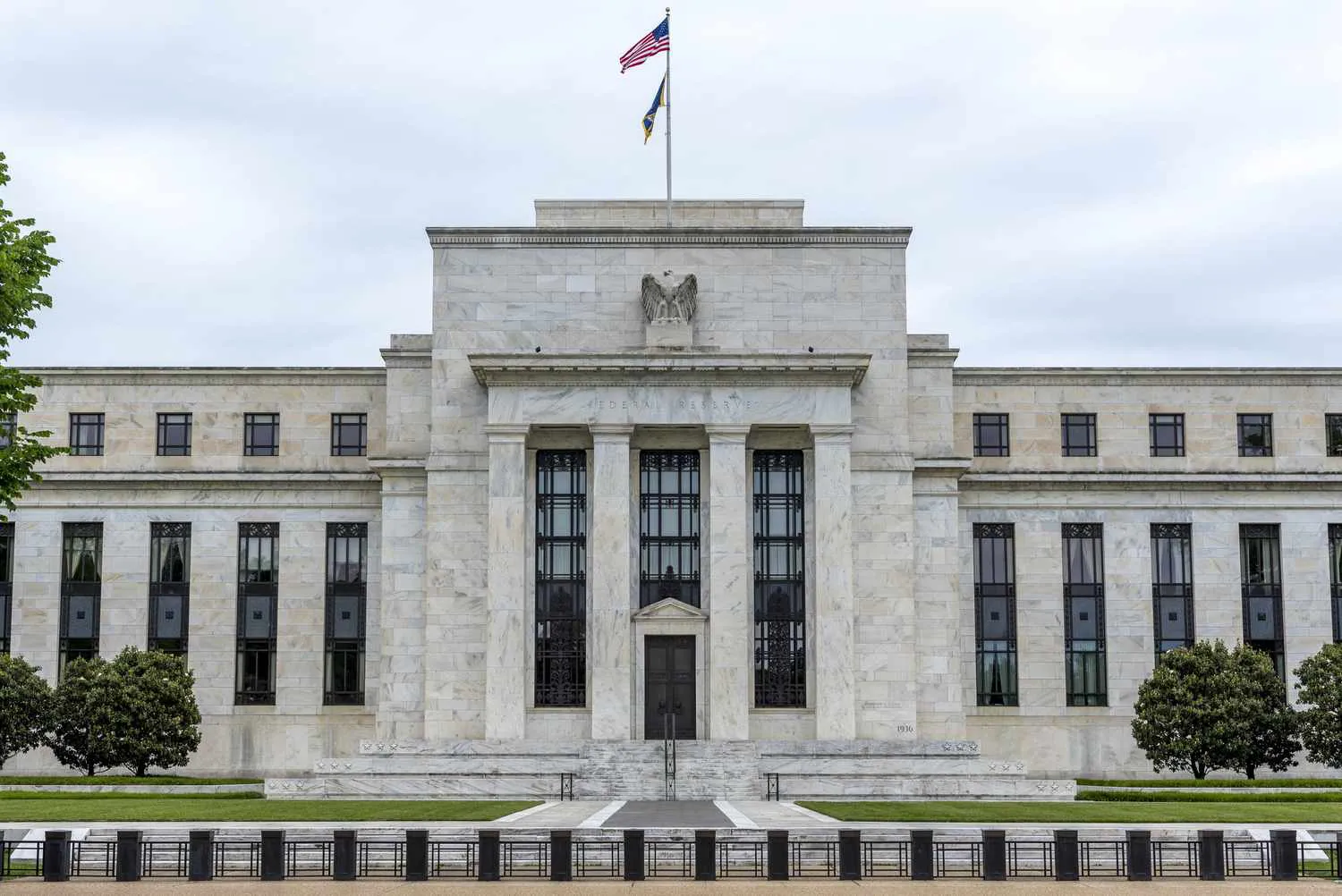Federal Reserve Chair Jerome Powell made it clear that he is not jumping to adjust interest rates while his archenemy, President Donald Trump, pushes through aggressive economic policies.
Speaking Friday at the US Monetary Policy Forum in New York, Powell warned that the White House’s trade, immigration, fiscal, and regulatory changes are creating too much uncertainty for the Fed to act just yet.
“We do not need to be in a hurry, and are well positioned to wait for greater clarity,” Powell said. He pointed out that markets are rattled, and the Fed’s focus is on figuring out what’s actually happening and what’s just noise.
Markets expect cuts, but Powell says not so fast
With Trump’s tariff decisions constantly changing, investors thought Mr. Powell and Co. would change their minds regarding rate cuts. Clearly, they thought wrong.
Markets have already priced in three interest rate cuts by the end of the year, with the first expected as early as June, according to the CME Group’s FedWatch tool.
“Policy is not on a preset course,” Powell told reporters at the event. “Our current stance is well positioned to deal with the risks and uncertainties that we face in pursuing both sides of our dual mandate.”
That message didn’t exactly match what traders wanted to hear. Wall Street has been bouncing up and down over Trump’s decisions, which seemed to be done either purely off of vibes or purposely to manipulate the markets.
The Monetary Policy Forum, hosted by the University of Chicago’s Booth School’s Clark Center for Global Markets, also had other top Fed officials in attendance, and most of them said they expect inflation to slow down and the economy to stay strong, in spite of Trump’s trade shenanigans.
At the moment, Powell said the US is in “a good place,” pointing to a strong labor market and inflation moving toward the Fed’s 2% goal. But not everything looks great. Recent consumer surveys show growing concerns about inflation, especially because of Trump’s tariff battles.
According to the Fed’s preferred inflation measure, prices are rising at a 2.5% annual rate, or 2.6% when excluding food and energy costs. Powell admitted that controlling inflation has been messy, saying, “The path to sustainably returning inflation to our target has been bumpy, and we expect that to continue.”
Trump’s tariffs could shake the economy even more
Since taking office in January 2025, Trump has slapped tariffs on Canada, Mexico, and China. While Canada and Mexico have gotten some exemptions, what Trump calls “reciprocal tariffs” are still set to take effect in April.
Treasury Secretary Scott Bessent, speaking Friday on CNBC’s Squawk Box, suggested that the US economy might be in for a rough adjustment. “Could we be seeing that this economy that we inherited is starting to roll a bit? Sure,” said Scott. “The market and the economy have just become hooked. We’ve become addicted to this government spending, and there’s going to be a detox period.”
The “inherited economy” comment was a not-so-subtle reference to Trump taking over from Joe Biden. Under Biden, the economy saw strong growth, but by late 2024, signs of slowdown appeared, with inflation remaining above the Fed’s 2% target.
The February jobs report, which came out Friday, showed the US economy added 151,000 jobs, below the 170,000 that economists expected. The unemployment rate ticked up to 4.1%, signaling weaker hiring. Powell said this is more proof that the labor market is solid but showing signs of strain.
“Wages are growing faster than inflation, and at a more sustainable pace than earlier in the pandemic recovery,” Powell said. Average hourly earnings rose 0.3% in February and were up 4% over the past year.
Despite the job numbers, the Fed remains cautious. Fed Governor Adriana Kugler, speaking Friday in Portugal, warned that inflation is still a threat. “There are important upside risks for inflation,” Kugler said. “It could be appropriate to continue holding the policy rate at its current level for some time.”
Cryptopolitan Academy: Coming Soon - A New Way to Earn Passive Income with DeFi in 2025. Learn More





